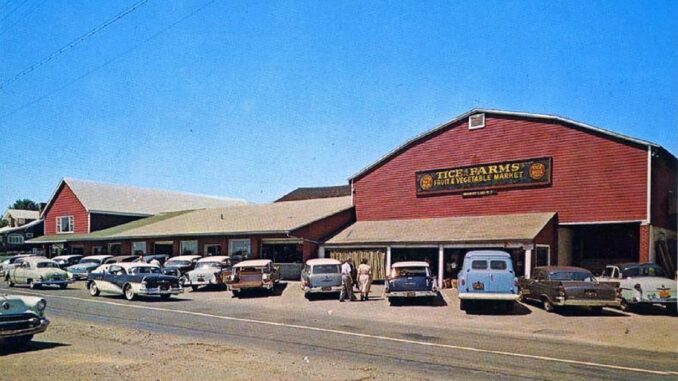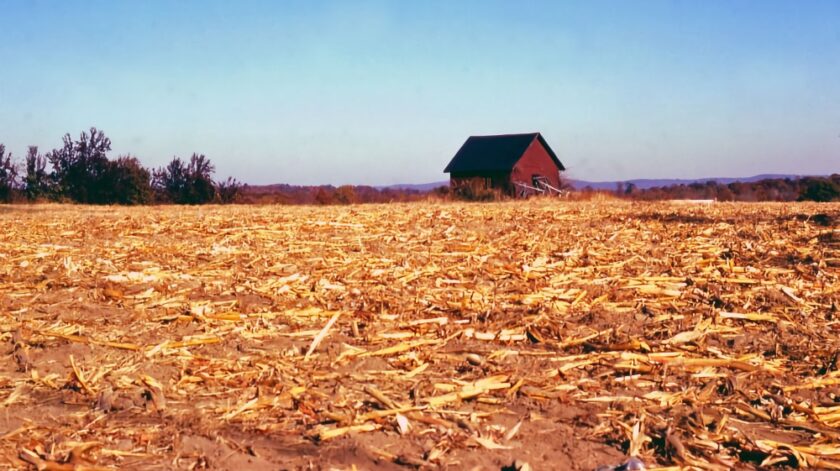
PASCACK VALLEY—A news report from October 1960 lamented the loss of Bergen County farmland. At the time, the latest census data showed that Bergen was down to 384 farms, totaling about 7,500 acres. We didn’t know how good we still had it.
There is something about October that makes us nostalgic for our agricultural past. Once the air turns a little bit chilly, Bergen County families travel by the tens of thousands to visit the few remaining northern New Jersey farms during fall harvest. They battle their way through traffic, wait in long lines, and pay big bucks for a chance to pick their own apples and pumpkins, navigate corn mazes, drink cider, go on hayrides, and pose their kids for photographs with tractors.
Seasonal tourism is a major source of revenue for New Jersey farms — but only because the disappearance of agriculture on our local landscape has turned it into a novelty. Before 1900, Bergen County was teeming with farmland. Census records from that time show 1,716 farms totaling more than 75,000 acres.
Over the course of the 20th century, the farms gradually lost ground as the suburbs took over. The value of land rose exponentially due to our close proximity to New York City, and farming was no longer economically viable. Fields gave way to residential developments and shopping centers. By 1930 there were 811 farms with 19,000 acres under cultivation.

By the mid-20th century the trend in Bergen County farms had shifted from edible crops to ornamental ones, like trees, shrubs, and flowers.
Now, the majority of the county’s 74 remaining farms are nurseries. They occupy about 1,000 acres.
At its peak around the 1950s, Tice Farms on Chestnut Ridge Road in Woodcliff Lake had covered 300 acres. When the photographs on this page were snapped, Roy and Frank Tice were still running the family farm and market, which had become a landmark.
With sprawling peach and apple orchards, the Tices ran one of the largest roadside stands in the area. About 12,000 bushels of apples per season went into making their famous cider.
Another Tice favorite did not grow on trees — the doughnuts, made by Tice sister Mrs. Mabel Sheehan, who operated the bakery.
Arriving from Holland in the late 18th century, Tice ancestors had settled the region that would eventually become Woodcliff Lake. Back then, it was part of Harrington Township.
In the early years the family was subsistence farmers, providing only for their own needs. In time, however, the land was yielding enough that the excess produce could be sold. Apples, peaches and pears were shipped to New York on barges or taken to Paterson and Newark (first by horse-drawn wagon, later by truck) for sale on the open market.
Later, when suburban sprawl had driven out most of the farms that had once been ubiquitous in northern New Jersey, Tice’s became a tourist destination. Thousands of people from the Tri-State Area would pour into Woodcliff Lake each autumn to pick a pumpkin and taste a lost way of life.
The farm closed in the 1990s. An upscale retail mall, Tice’s Corner Marketplace, operates on the land.
— Kristin Beuscher, a former editor of Pascack Press, is president of Pascack Historical Society in Park Ridge and edits its quarterly members’ newsletter, Relics.
